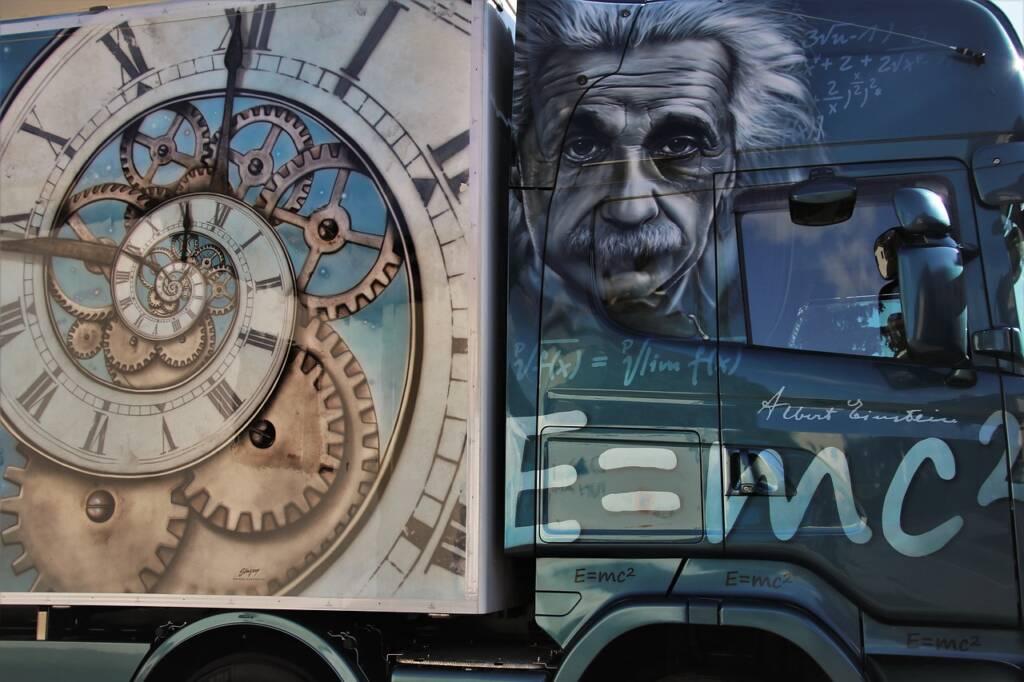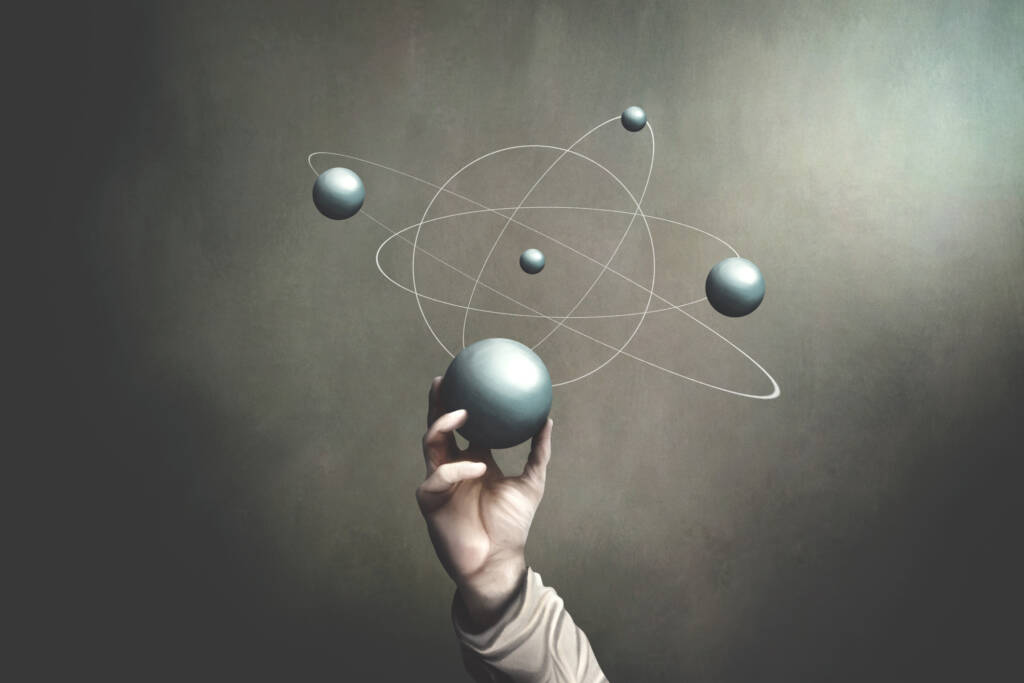
Physics 1/Physics 1 Honors (lab)

In this course, students will be immersed in the contributions of scientific geniuses that have changed the way we observe and think about matter, forces, and energy in the universe. Starting with how matter moves, students will learn that all motion can be described, analyzed, and predicted. Then students will explore the causes of changing motion, forces! Energy is a fundamental property essential to human existence, and physics will take students through all the forms of it: electricity, light, sound, heat, and more. Discover how waves travel and interact with matter and the smallest particles in the universe. From tiny atoms to galaxies with millions of stars, the universal laws of physics are explained through real-world examples. Through laboratory activities, simulations, and graphical analysis, combined with rigorous mathematical efforts and problem solving, students follow in the footsteps of some of the world’s greatest thinkers and learn to process their world in a unique way.
Note: specific content varies depending on the course version. For currently enrolled students, please refer to the syllabus located in the Course Information link in the Welcome section of your course for curriculum specifics.
Major Topics and Concepts
Segment One:
- Learn about the mathematical skills and measurement systems used in physics
- Interpret scientific data and model relationships between variables with graphs
- Differentiate between scalar and vector quantities
- Describe and use the relationship between distance, time, and speed
- Solve problems involving speed, velocity, and acceleration
- Compare accelerated motion to non-accelerated motion
- Analyze motion using various motion graphs
- Explore free fall motion by utilizing the acceleration due to gravity
- Interpret and apply Newton’s laws of motion to real-world scenarios
- Compare the four fundamental forces of the universe
- Use mathematical models to compute gravitational and electrostatic forces
- Illustrate the interactions between forces and matter using force diagrams
- Describe the planetary motion and solve circular motion problems
- Apply the law of conservation of momentum to real-world scenarios
- Describe the forms of energy and energy transformations
- Solve problems involving work and power
- Explain the impact of conservative and non-conservative forces on energy conversions
- Solve problems involving the different forms of energy
Segment Two:
- Identify the components of an electrical circuit
- Measure and calculate electrical fields
- Explore the relationship between electrical current and magnetism
- Describe how capacitors are used in electrical circuits and electronics
- Represent electrical circuits using a schematic model
- Apply Ohm’s law to explore the impact of resistance in a circuit
- Model and measure simple harmonic motion
- Identify the parts of a wave and use wave measurement calculations
- Explain the different behaviors of waves when they interact with boundaries
- Construct ray diagrams and use the lens and mirror equation to analyze image formation
- Describe properties of waves and their applications in real-world phenomena
- Differentiate between temperature and heat
- Calculate heat transfer between a surrounding and a system
- Explore thermal equilibrium and the conservation of thermal energy
- Discover the contributions of scientists that led to the development of a model of the atom
- Describe the dual nature of light and the photoelectric effect
- Compare types of radiation and describe applications of radioactivity
- Explore the special theory of relativity and scientific explanations about the origin of the universe
Course Materials
Required Materials:
- Scientific Calculator – with logarithmic functions and scientific notation capabilities.
- Labs will require a thermometer, a metric ruler, and additional basic household materials
- Graph paper – many lessons will require you to create graphs by hand for the activities.
- Vernier Graphical Analysis 4 Software or Microsoft Excel
- Where JAVA is required for Vernier Graphical Analysis, a Windows or MAC machine is recommended, as Chromebooks will not allow the security setting to be adjusted so the simulation can function correctly.
Competencies
Kinematics
Students will demonstrate an understanding of kinematics by describing motion, explaining graphing techniques, analyzing motion graphs, and explaining systems of measurement.
Newton’s Laws
Students will demonstrate an understanding of Newton’s laws by explaining Newton’s laws of motion and describing the effects of gravity on free-fall motion.
Application of Forces
Students will demonstrate an understanding of the application of forces by explaining principles of energy, describing applications of force, and explaining principles of momentum.
Electricity
Students will demonstrate an understanding of electricity by explaining electrical flow, explaining the role of electrons in magnetic fields, and explaining resistance.
Waves
Students will demonstrate an understanding of waves by describing properties of waves, comparing electromagnetic and mechanical waves, and explaining light refraction.
Particles
Students will demonstrate an understanding of particles by explaining the postulates of atomic theory, explaining the postulates of special relativity, and comparing nuclear reactions.

